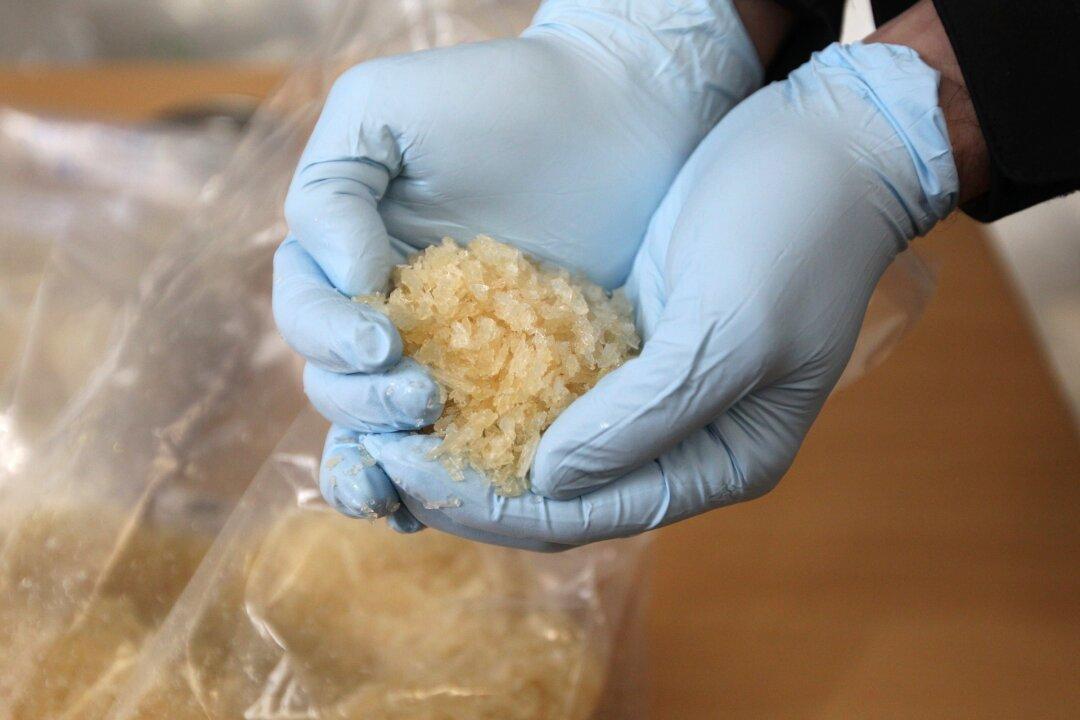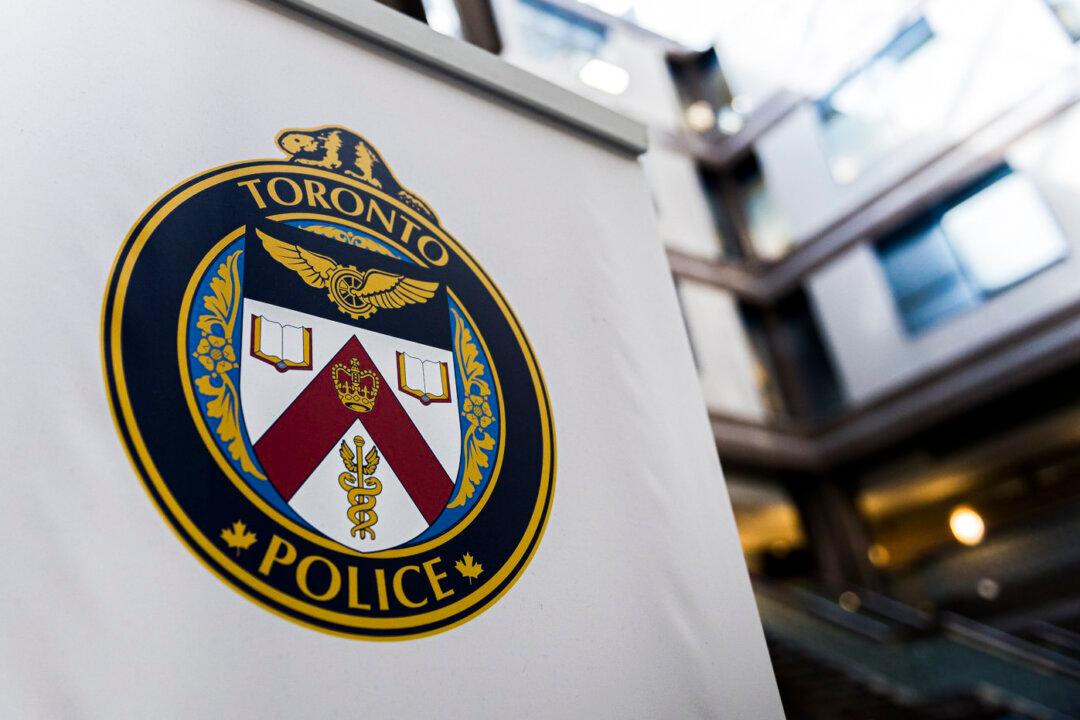Research in several Canadian cities has found a steady increase in cocaine and methamphetamine contributing to the number of accidental drug deaths in the country, according to Statistics Canada.
The study relies on wastewater numbers from seven Canadian cities including Metro Vancouver, Edmonton, Toronto, Montréal, Halifax, Prince Albert (Saskatchewan), and Saskatoon, the report said.





